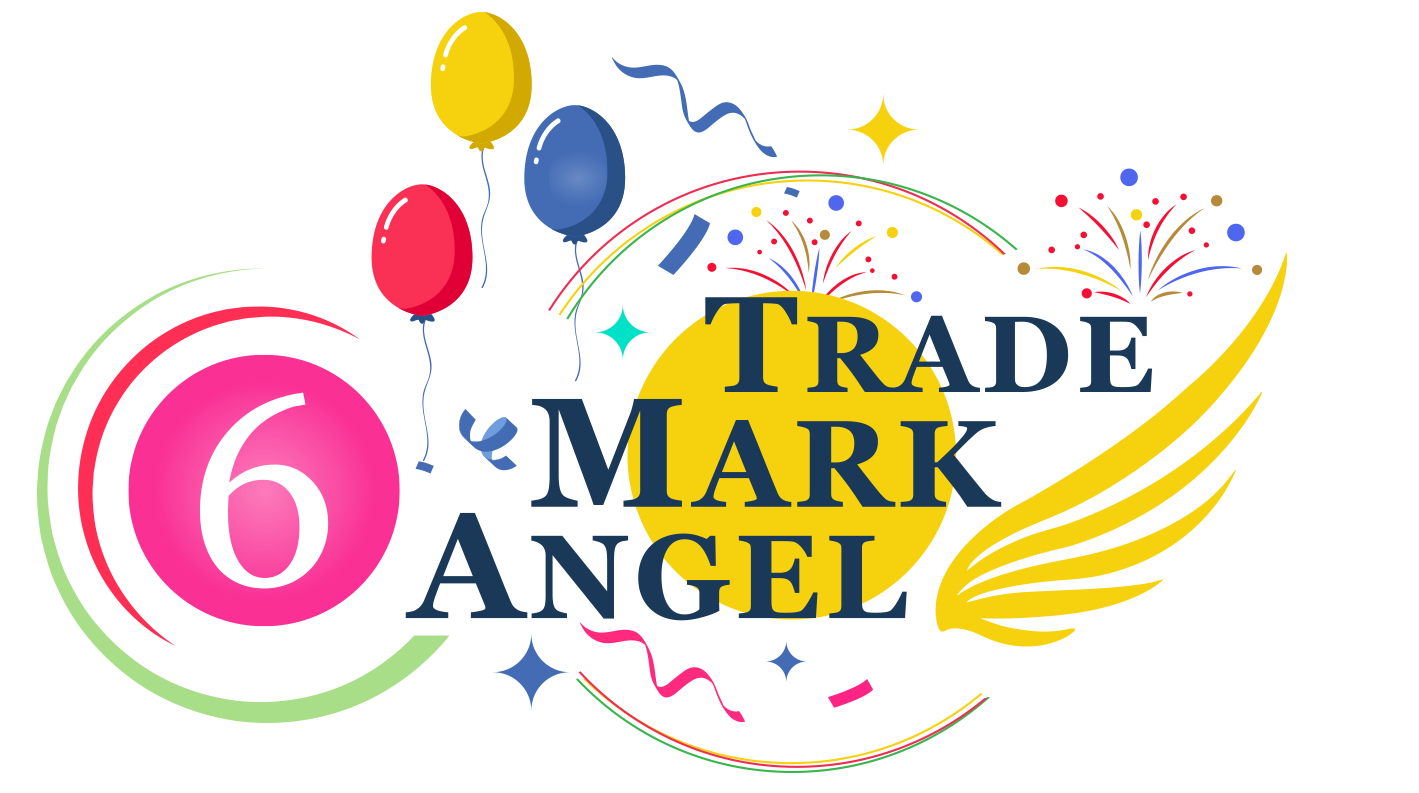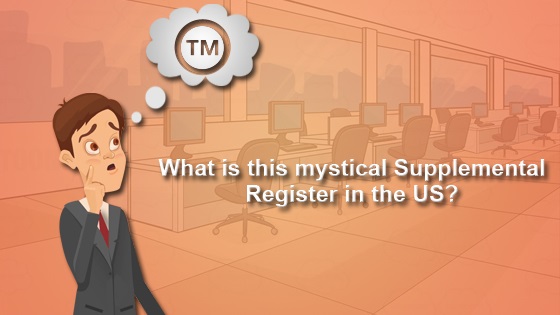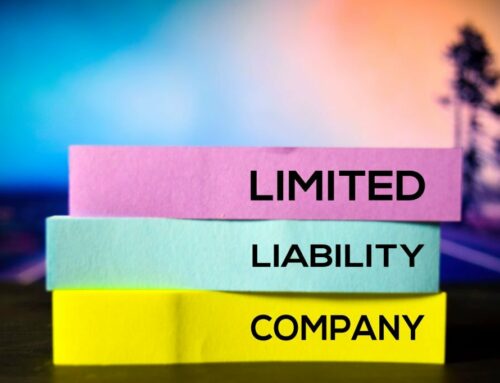Descriptive trademarks: The United States Trademark Act, also known as the Lanham Act, allows you to register your marks with the United States Patent and Trademark Office (USPTO). Unfortunately, many people don’t know is that there are two avenues through which you can register your trademark: the Principal Register, and the lesser known Supplemental Register.
Before we go into these avenues, it’s important to understand how trademarks are identified, and thus the different kind of trademarks that you may own. Only then will these avenues of trademark registration make sense.
First things first: A trademark (a logo, word, slogan that identifies your company, product or service) can only be registered as a trademark if it’s proven to be distinctive. A distinctive trademark is one that consists of unique, invented or suggestive words that help to distinguish your company from the marketplace. In contrast to this is the descriptive trademark, which is typically used to describe or name the characteristics/qualities of the services being offered. In other words, descriptive trademarks simply describe the goods or services for which the mark is used.
Why does this matter? Owning a descriptive trademark precludes you from using the Principal Register during trademarking, and instead potentially funnels you into the Supplemental Register. What does that mean? Well, there are certain compromises that you’ll have to face using the Supplemental Register. Does that mean you shouldn’t use this avenue? Of course not! But it’s important to note what the Principal Register offers before deciding whether the Supplemental Register is the right one for you.
The Principal Register is used for distinctive trademarks, and it usually offers more thorough legal protection and reparation from trademarking-related damages. Registration on the Principal Register has many benefits, including:
- providing the registrant with prima facie evidence of ownership of the mark
- the legal presumption of a mark’s validity, and
- acknowledgment of a mark’s exclusive and continuous use
A mark can be distinctive right from the beginning, or it can become distinctive through extensive use. A good example of a mark that started out descriptive, but turned distinctive, is that of the electronics giant Best Buy®.
A descriptive trademark can become distinctive if it attains what is called a “secondary meaning”; in other words, the public begins to associate the descriptive trademark not with the particular qualities or types of products or services being offered, but with the business/producer itself. How is this achieved? Typically, through large amounts of publicity, nationwide and/or influential sales, or long-term use. Case-in-point: “Best Buy” evolved from merely a catchy description of an electronics store and its services and, due to rapid growth and national marketing campaigns, soon became synonymous with the business itself. When people heard the term “Best Buy”, they knew what company it was addressing. This is precisely what turns a descriptive trademark into a distinctive one.
You might be thinking that having a descriptive trademark alone is not going to be good enough for you and your business, especially if changing the name is not an option. But how am I supposed to make myself as big as Best Buy® without having a trademark?!
The good news is that the Supplemental Register (used for descriptive trademarks) can be a vital alternative if registration on the Principal Register is a failure. For example, you might attempt to file your trademark on the Principal Register, but learn that your trademark is not distinctive enough to qualify for such registration. If you get a response that your potential trademark is “merely descriptive” and thus refused, it may be possible to move the application over to the Supplemental Register. And if you can, you should!
The Supplemental Register does not cover the same legal bases of the Principal Register, but it is capable of legally distinguishing your business’ goods and services and offering you protection.
Examples of descriptive trademarks that haven’t reached the level of a distinctive trademark include the names of new magazines, which are often merely a description of the magazine’s contents/prospective audience.
A few examples of magazines on the Supplemental Register are BOY STYLE MAGAZINE, an online magazine for boys fashion; MARIJUANA BUSINESS MAGAZINE, a publication within the field of the cannabis industry; and PALEO MAGAZINE – a magazine within the field of health, nutrition, and diet.
These magazines experience a number of benefits that come with Supplemental Registration:
- The mark will appear in trademark searches and thus prevent registration of similar marks either on Principal or Supplemental Registers
- Registrants can use the ® symbol once the mark is registered
- A mark on the Supplemental Register may still be used for writing cease-and-desist letters
- A mark under the Supplemental Register can assist in achieving registration in foreign countries (under the Paris Convention)
- It can be used to prove exclusive use for a period of five years, upon which it may then qualify for Principal Registration
- The marks on the Supplemental Register are not open for third-party oppositions, so these marks cannot be opposed like their counterparts on the Principal Register
The goal for these magazines, through their sales and circulation, is to reach the status of being able to be registered on the Principal Register once their brands reach an acquired distinctiveness (like Best Buy®). However, there are still many benefits of having a trademark on the Supplemental Register.
It’s important to note what a trademark on the Supplemental Register cannot do (in contrast to a trademark on the Principal Register) so that you know what benefits you may experience when qualifying for the latter avenue.
- A trademark on the Supplemental Register doesn’t convey the presumptions of ownership, validity and exclusive rights to use the trademark, and so must be proved when in court.
- A registration on the Supplemental Register cannot be used to stop the importation of counterfeit products.
- A registration on the Supplemental Registration cannot become incontestable after registration, no matter how long it stays in use. This is unlike a registration on the Principal Register, which is eligible to become incontestable after 5 years of continuous use.
- Having a registration on the Supplemental Register does not preclude you from pursuing accusations of trademark infringement in federal court; it’s merely more difficult to do so, as you must prove that your mark has acquired a distinctive (or secondary) meaning for the court to take your suit seriously.
- A registration on the Supplemental Register will not get you in the Amazon Brand Registry.
Furthermore, it’s important to note that, while you can file a trademark on the Principal Register on the basis of future use (i.e. intent-to-use) a trademark may only be filed or transferred to the Supplemental Register if it’s already in use in the US.
In conclusion, the avenue of the Principal Register provides you with the strongest trademark in legal terms. It’s common, though, for a new or unknown trademark that is descriptive to not qualify for this status, which is when you might consider the avenue of the Supplemental Register, which still offers you adequate legal protection.
You might apply for registration on the Principal Register and then upon failure amend your application for registration on the Supplemental Register. If you already know that your mark is descriptive, then you can also file directly on the Supplemental Register, although most applicants prefer to file on the Principal Register and then only amend if prompted to do so by an examining attorney. Either way, it’s helpful to know what avenues are available to you and your growing business.
Principal or Supplemental Trademark
Trademark Angel is here to help you decide what path is best for you and your trademark and to walk along that path to successful registration alongside you. Whether it’s trademark registration on the Principal Register or Supplemental Register, Trademark Angel has the experience and the expertise to get your company protected, trademarked, and on the path to sustained growth.
P.S. If you would like to know how to choose or select a great trademark for your business watch this quick video.







Leave A Comment